|
by Tarique Ejaz “When I sat back and thought about what scared children the most. I could not go beyond the thought of a clown smiling.” With this thought process which occurred to Stephen King, Pennywise – the Clown came into existence and so came It. It is like most of the novels written by King that tends to mold fear and carve it into something that can be taken in by the masses in abundance. A horror presented in a rather elegant yet fitful manner, not letting the readers feel that they have just read a book but make them feel that they have been on a journey. Isn’t that the very purpose of a novel in itself? Let us divide the entire novel into certain sections which would help us to get a better perspective as to what the author intended or at least make one see It in all its glory as we try to cover all the chief aspects. I. Friendship “No good friends. No bad friends. Only people you want, need to be with; people who build their houses in your heart.” Against the backdrop of a town that has lost its identity on the grand map of the United States of America, seven children from different households, each carrying forth a life burdened by its situations come together at a time when people just like them are being found grotesquely mutilated at random parts of the town. This gave birth to a friendship which remains throughout the tale. Ben: a boy so obese that he believed he could never make friends, Bill: a stuttering wreck of a boy still recovering from his brother’s untimely demise, Eddie: a boy who remains physically the most fragile creature he could think of, Stan - a Jew of eleven who is shrewd as he is supposed to be yet silent and thoughtful in covering his fears, Richie: an over-zealous boy who believes he could voice a hundred voices at ease, Mike: a boy who is still subjected to discrimination on the basis of his color and Beverly: the only female child in the group figuring out as to how much does her father worry for her. An unlikely friendship. A beautiful bond. A much needed one. A monster is on the loose and after having come into an altercation with It (a term they resorted to calling the entity after having discovered that it does not pertain to a single form), they decide to end this gruesome cycle of mindless murders, especially of children. From the start of the tale’s events to the very climax, they have stood by each other and when one of them fails to make it through after they come back to kill the monster as grownups, the emotions that surge through each one of them shows that their houses indeed exist in each others’ hearts. II. Innocence “We’ll see if you remember the simplest thing of all – how it is to be children, secure in belief and thus, afraid of the dark.” The imagination of a child is the most vivid thing one can come across. As we grow older, we start to lose that ability to think freely and be utmost creative with what we have at our disposal. As the imaginations are vivid, so are the fears and corresponding mental constructions. The innocence that a child carries, gives birth to its curiosity to know the unknown and try to decipher the incomprehensible. Beverly remained oblivious of the role sexuality had to play in a person’s life and uses the very act to forge a bond between the seven of them. To an adult, it would seem disgusting and they would be quick to judge, berating the child with terms she knows nothing about. It was the innocence of Georgie (Bill’s younger brother) which led him to believe that a man can live under the sewer as he met Pennywise when his boat went down the storm drain. The simple question: “Will this boat float?” to “Will the aspirator medicine give me cancer?” to “Can we kill It?” is a clear testimony as to how children deal with everyday issues and likely dilemmas. The answer to the general overview being that they are not deterred from thinking the unthinkable. III. Fears “It is offense you, maybe, can’t live with because it opens a crack inside your thinking and if you look down there, you would see evil things.” The fears of many often breed the fear of a few. This is proven when the fear of each and every person of the Loser’s Club is manifested for each of the other members. Now It manipulates the insecurities regarding the deepest, darkest scare that each of them harbors. It uses that very fear to goad them into adding themselves into It’s list of victims. The monsters, ghouls or simply the dead children are the forms taken by It apart from the iconic Pennywise – the Clown to bring about the horror that inhabits Derry. It lurks down in the sewers, canals or any open place that has even the remotest connection that leads to the underworld center of the town. For Ben it was a Mummy, for Richie and Bill it was a Werewolf, Eddie had faced It in the form of a leper, Beverly’s experience included a sink full of blood after a short interaction with the voice of a dead child coming from the sink itself, for Mike it was a giant bird with predator sight for him alone and Stan had to face a heap of decaying children. Not to forget the bleeding pictures or the ones that were animated in nature. The fear is not the usual horror movie kind where it just comes out of nowhere. King plays with the fears associated with human psyche like the fear of insanity creeping into a man like when Tom decides to beat the shit out of Beverly’s friend to get to her and the continuous fear of Henry and his friends who meant to kill the members of the Loser’s Club or the fear of facing a fear long forgotten making the person possessing such a fear kill himself. (Kind of a fear-recursion there) The mere fact that six of them (Stan kills himself on remembering the past, particularly It and their final confrontation. The earlier sentence’s latter reference) are forced to come back twenty seven years after they had almost killed It makes it certain that some things are so horrendous that it leaves a scar that just doesn’t end with a convenient closure. IV. Past. Present. Future? “You can’t be careful on a skateboard.” The seven children had almost stopped the evil entity in 1958. They are forced to come back twenty seven years to stop It again, once and for all. The link between the timelines relating to the past, present and the future only go ahead to entail the essence of how the fear began to grow because as children they believed in it, incubated for a period and then was hindered in its progress by the same belief held by the children. As adults, they had left that life behind but with a promise to come back and finish what they had started if it ever recurred. The horror forgotten over the years and the belief stricken. That counts as the only reason why Stan Uris couldn’t take the thought of facing It again. The deadlights where the mind loses its functioning capability and the faces that It wore in its lair, were just too much for him to take. For, unlike the rest, it all came back to him at once. With age they had forgotten the essence of their friendship which this promise brought back and made Bill realize that as they grew up, they had left behind the power that they commanded as a child. The power of conviction. Santa Claus is real if you are a child, for you believe it to be so. With reasoning, which comes with age and experience, you lose that very ability to indulge yourself in such fantasies. V. The Clown "They all float down here! We all float!" The clown with a silver suit lined with large orange buttons and a face greased with white paint, having tufts of orange hair by the side, smile painted upon its face which resembles more of a grin and is as red as blood and eyes which are not merely hollow but seem to allude evil in its own way. Pennywise has been described as such in the novel. In addition to that there are times when his face has been stated to contort into one with sharp teeth coming out, followed claws eager to rip through the victims, discarding away the regular white gloves. The clown is stated as the go-to form adopted by It. Through Mike's rigorous investigation, it is unearthed that Pennywise had existed in Derry for centuries. In every violent cycle that had gripped the dreary town from time to time, the presence of a mysterious clown or something very similar had been accounted for. The usage of balloons to convey a morbid sense of humor to shake the resolve of the Loser's Club shows the playfulness that a clown is expected to exhibit. Pennywise easily takes the cake over any of the It's avatar including the final form of the spider when the ritual of Chüd (a ritual to subdue the monster. Beyond that I would rather not spoil it for the ones who haven't read the book) is performed. The fear of the clown is prominent and the way it is used throughout the story is what kept most of us eagerly engrossed. "Not all boats which sail away into darkness never find the sun again or the hand of another child; if life teaches anything at all, it teaches that there are so many happy endings that a man who does not believe in God needs his rationality to be called into serious reasoning." King has stated his belief in the concept of hell and heaven over and over again at many a convention and interviews and this in itself is the driving factor in most of his stories. It is a journey (Yes, a journey more than just a tale) that is slow at times, intense at others and scary for the most part of it. The best part of this novel remains that you can somewhat predict as to how it is going to pan out and yet your curiosity is no less dimmed. It is a thing to savour. Do It that favour. (Provided if you haven't)
Follow us on Facebook and Instagram to be notified whenever we release new articles.
Do you use an RSS reader? Even better!
0 Comments
Leave a Reply. |
Categories
All
Archives
December 2022
|
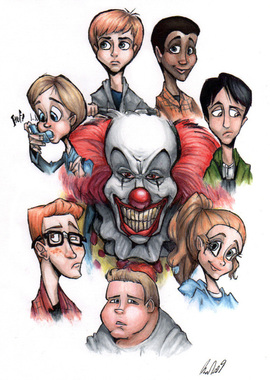
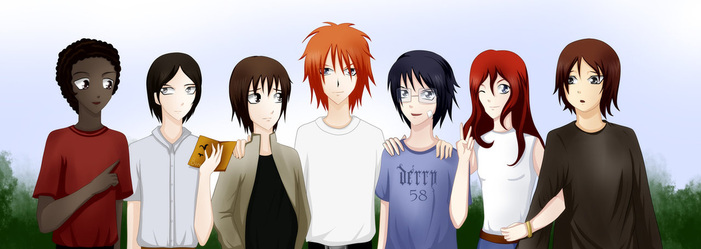
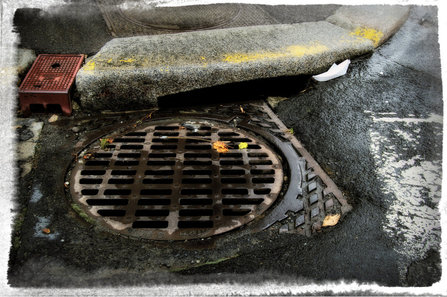
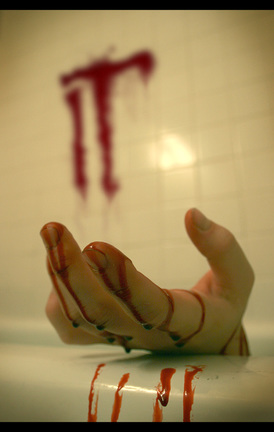
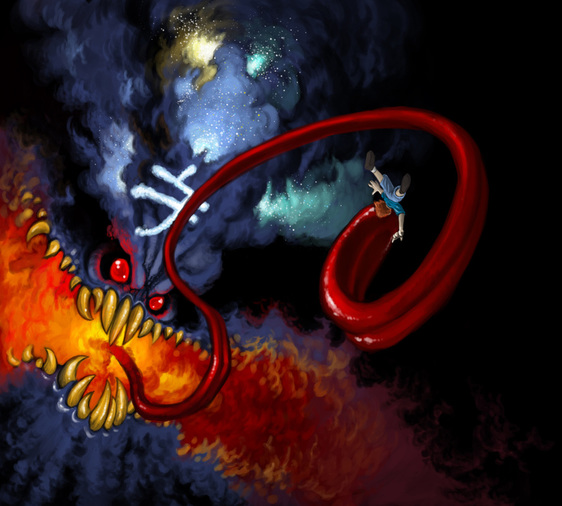
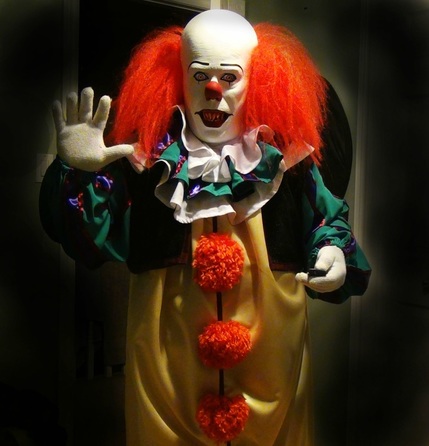
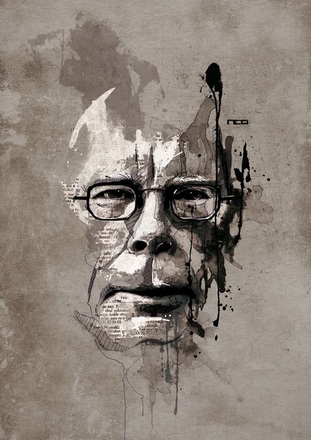
 RSS Feed
RSS Feed
